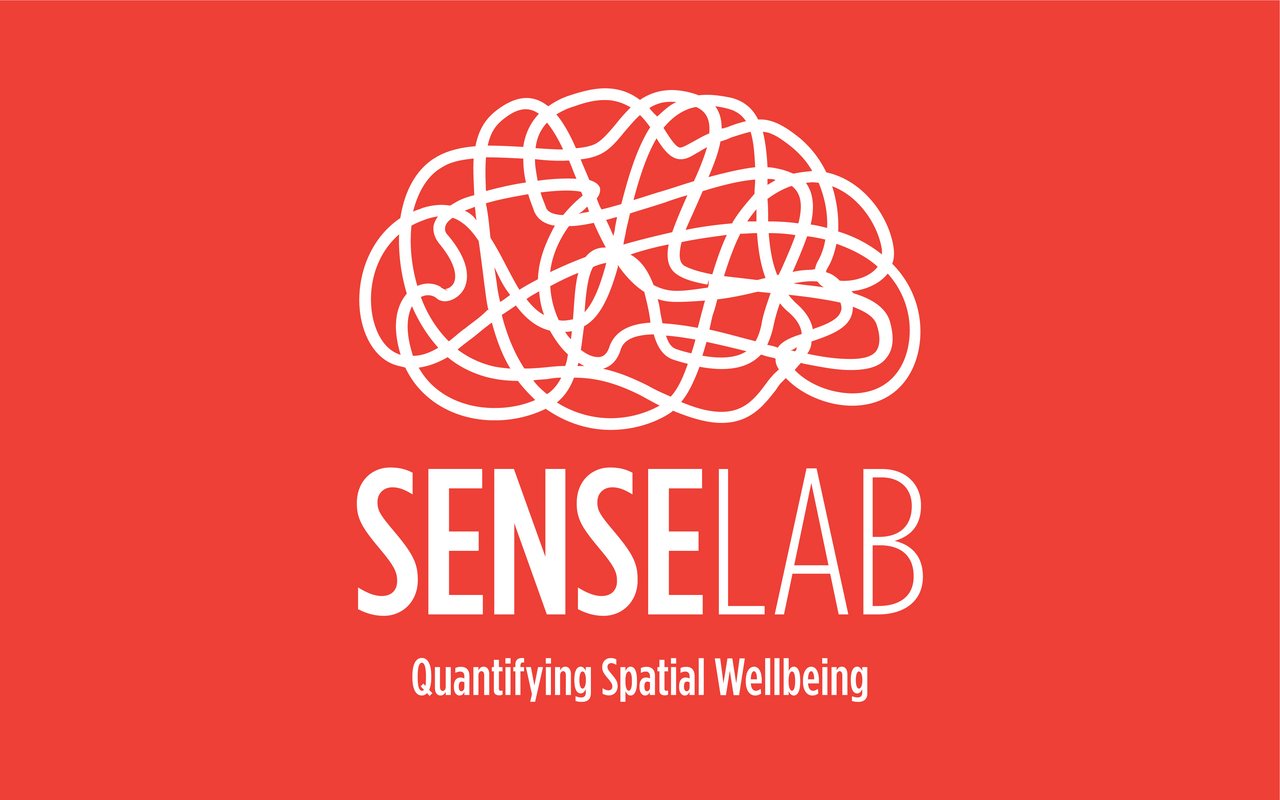Quantifying spatial wellbeing

A study to understand comfort through biosignals
At the Chair of Building Technology and Climate Responsive Design, it is a fundamental task to understand what comfort is. If people feel comfortable in their environments, they will be happy. If not, they will need additional tools to adjust their environments: to heat, cool, or ventilate them, and so on. If we can make people feel comfortable, we will not need to use any additional operating energy—leading to more energy-efficient built environments.
The metrics of comfort that we have are built on data collected through lab experiments and/or real-world studies. However, a large portion of the data is based on self-reporting by people stating whether they are comfortable or not, and to what degree, at a given time. Unfortunately, self-reported data can be highly biased. In order to overcome this, we have been looking at ways to bypass verbal feedback from the subjects of our comfort experiments, and realized that looking directly into the body’s physiological responses might have good potential for revealing numerical comfort thresholds in a more precise and unbiased way.
SenseLab, a purpose-built test chamber in the Department of Architecture, is a controlled test environment where environmental conditions (temperature, light type/levels, and ventilation type/rate) can be precisely regulated. In addition, biosignals (neural activity, heart rate variability, electrodermal activity, and pupil activity) of six people can be measured continually and at the same time.
Our current hypothesis is that, by overlapping these two datasets and looking at physiological limits, we will be able to determine the boundaries of comfort and establish a more life-like perspective on comfort.